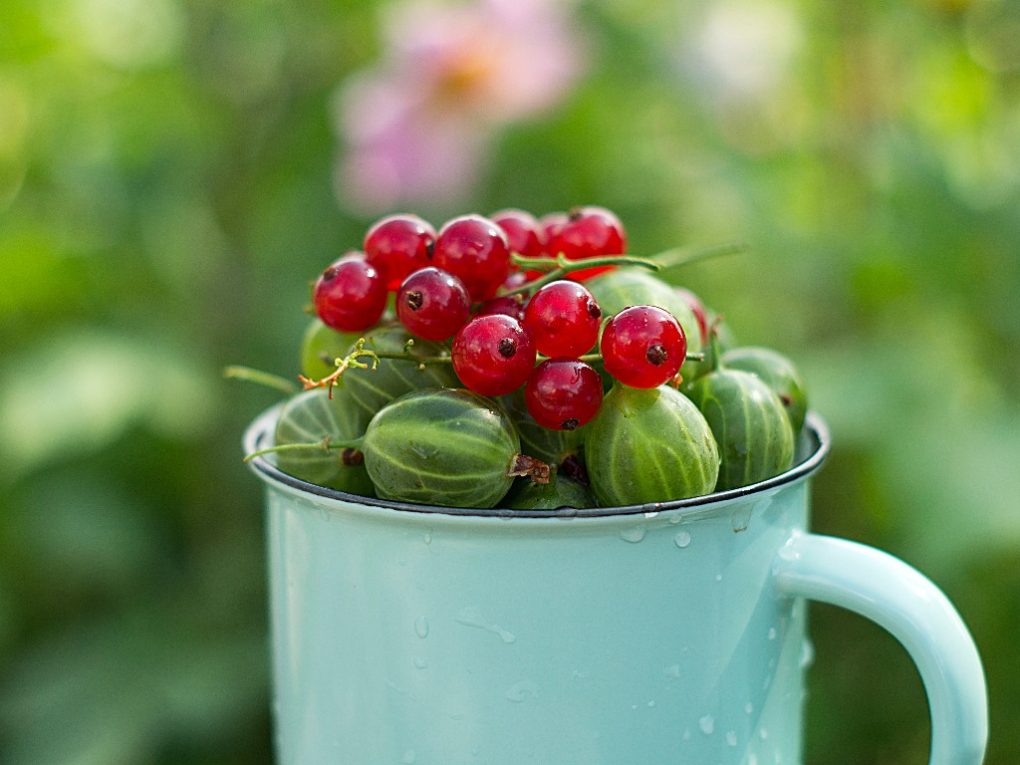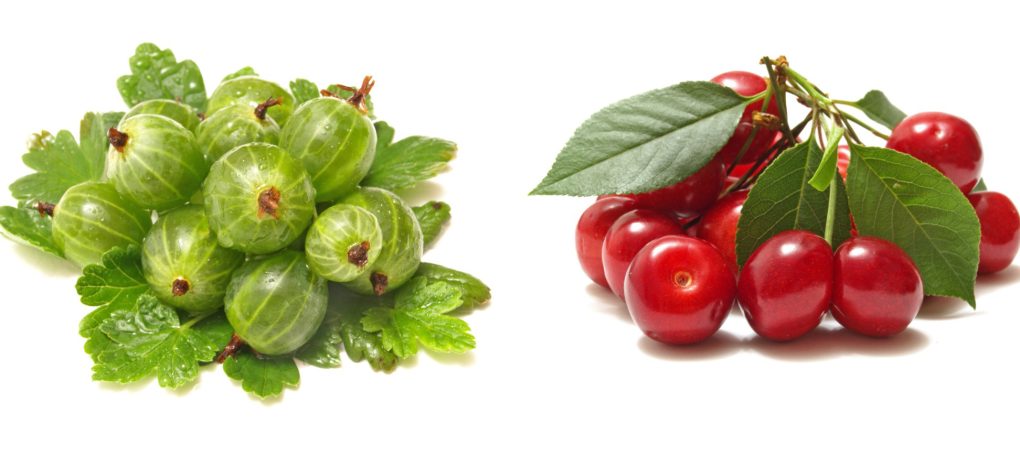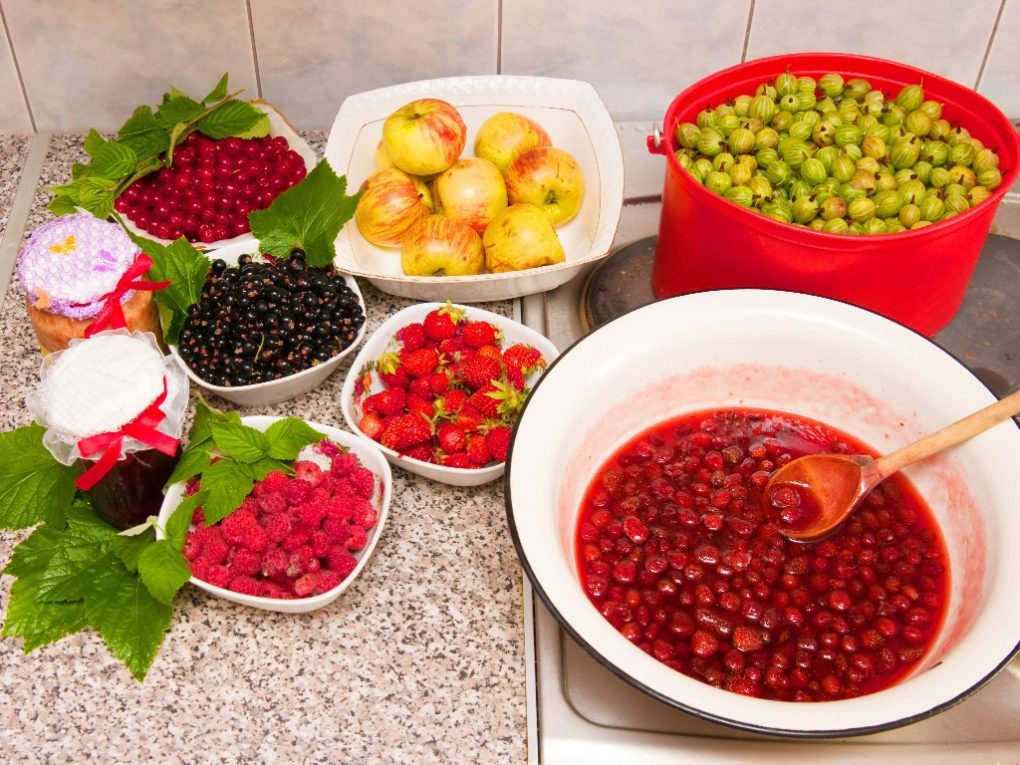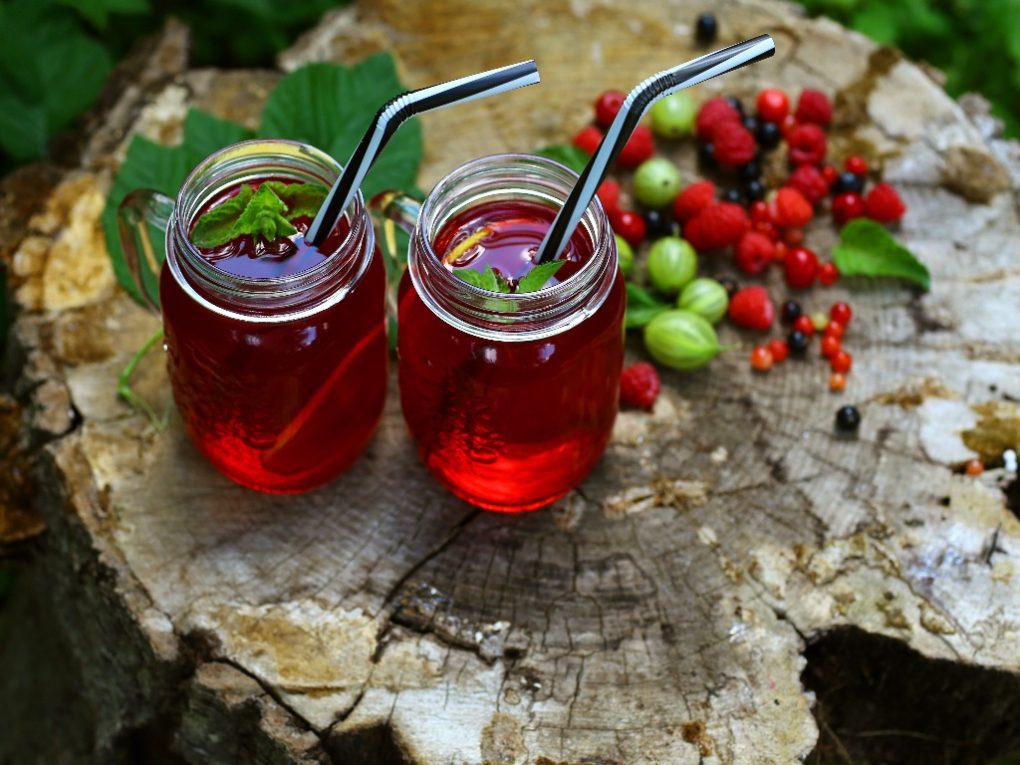Gooseberry vs. Currant: Understanding the Differences Between Two Popular Tart Fruits
One of the biggest differences between gooseberry and currant is their appearance. Gooseberries are usually light green or pink with white stripes, while currants come in bright red, black, white, and beige. Additionally, gooseberry bushes have thorns, while currants do not.

These differences in appearance can also affect their flavor and texture, making them more suitable for certain recipes or dishes. Another important factor when comparing gooseberry and currant is their nutritional value.
While both are relatively low in calories and high in vitamin C, they differ in other nutrients. For example, the currant has more vitamin C than gooseberry but has more calories. Understanding these differences can help you decide which fruit to use in cooking or baking.
Table of Contents
Differences Between Gooseberry and Currant
Physical Characteristics

Gooseberries and currants are members of the Ribes genus and share many physical characteristics. However, some key differences set them apart. One of the most obvious differences is the presence of thorns.
Gooseberry bushes have thorns, while currant bushes do not. This can make harvesting gooseberries more challenging, but it also means that currants are a better choice for gardeners with children or pets who like to explore.
Another difference is the color of the berries. As mentioned, currants come in various colors, including bright red, black, white, and beige, while gooseberries are usually light green or light pink, with white stripes like a watermelon. The oval berries of both plants are similar in size and have a slightly tart flavor.
Gooseberries are also bushier than currants and grow in three or four clusters. They have long, sharp spines that can make harvesting more difficult. Conversely, currants grow in larger clusters with a more open, airy growth habit.
| Physical Characteristics | Gooseberry | Currant |
| Thorns | Present | Absent |
| Berry Colors | Light green or light pink, with white stripes | Bright red, black, white, and beige |
| Berry Shape | Oval | Oval |
| Growth Habit | Bushy, clusters of three or four | More open, airy growth habit, larger clusters |
Taste and Culinary Uses
Both gooseberries and currants have a tart and slightly sweet flavor, but they have distinct differences that make them unique. Gooseberries taste sourer, while currants have a more acidic flavor. Currants are also slightly sweeter than gooseberries, making them a great dessert choice.

Both fruits are versatile in the kitchen and can be used in various dishes, and can be eaten raw or cooked and are usually used in jams, jellies, pies, and sauces, pairing well with meats such as lamb and pork, and are often used to make marinades and glazes.
Gooseberries are commonly used in traditional English dishes such as gooseberry fool and pie and can also make a tangy chutney or relish that pairs well with cheese and crackers.
I often use currants in baked goods such as muffins, scones, and cakes. They can also make a delicious fruit compote served with ice cream or yogurt. Both gooseberries and currants can be used to make a refreshing summer drink. Blend the fruit with water, sugar, and ice for a delicious and healthy beverage.
Nutritional Value
Both gooseberries and currants are packed with essential nutrients for maintaining good health. They are rich in vitamins, minerals, and antioxidants, providing numerous health benefits. Here is a breakdown of their nutritional value:
As can be seen from the table, both gooseberries and currants are low in calories and fat, yet they are high in fiber and other essential nutrients. Gooseberries are particularly high in Vitamin C, while currants are rich in potassium and phosphorus.
In addition to their high nutritional value, gooseberries and currants are rich in antioxidants that help protect the body against free radical damage. They have been shown to have anti-inflammatory properties and may help in reducing the risk of chronic diseases such as cancer, diabetes, and heart disease.
| Nutrient | Gooseberry (per 100g) | Currant (per 100g) |
| Calories | 66 | 56 |
| Protein | 1g | 1.4g |
| Fat | 0.9g | 0.2g |
| Carbohydrates | 15g | 14g |
| Fiber | 6.5g | 4.3g |
| Vitamin A | 22.5mcg | 20mcg |
| Vitamin C | 41.6mg | 181mg |
| Vitamin E | 0.6mg | 0.1mg |
| Vitamin B1 (Thiamine) | 0.1mg | 0.04mg |
| Vitamin B2 (Riboflavin) | 0.1mg | 0.05mg |
| Vitamin B3 (Niacin) | 0.3mg | 0.3mg |
| Vitamin B5 (Pantothenic acid) | 0.3mg | 0.2mg |
| Vitamin B6 | 0.1mg | 0.06mg |
| Folate | 9mcg | 8mcg |
| Potassium | 297mg | 275mg |
| Manganese | 0.2mg | 0.1mg |
Cultivation and Availability
Both gooseberries and currants are hardy plants that can easily grow in the home garden. They prefer full sunlight but can tolerate partial shade. They also require well-drained soils with a pH of 5.5 to 6.5. For large-scale production, growers should provide a windbreak to protect the plants from drying winds that may reduce growth and fruit size.
Hardwood cuttings usually propagate gooseberries. They can also be propagated by layering or by grafting onto rootstocks. The plants are self-fertile but will produce more and larger fruit when cross-pollinated with another cultivar.
Currants can be propagated by hardwood cuttings taken in late fall or early winter or by layering. Some black currant cultivars are self-sterile and require another cultivar for fruit production. Red currants and gooseberries are self-fertile but will produce more and larger fruit when cross-pollinated with another cultivar.
Both gooseberries and currants are available fresh in season, usually from June to August. They are also available canned, frozen, or dried. Gooseberries are more popular in Europe than in the United States but can be found at specialty and some farmers’ markets. Currants are more widely available in the United States but are still considered specialty fruits.
Health Benefits
Both gooseberry and currant are packed with nutrients that can benefit overall health. Here are some of the health benefits of consuming these berries:

- Antioxidant Properties: Gooseberries and currants are rich in antioxidants, which can help protect cells from damage caused by free radicals. This can help reduce the risk of chronic diseases such as cancer, heart disease, and Alzheimer’s.
- Immune System Support: Both berries are high in vitamin C, essential for a healthy immune system. Consuming foods high in vitamin C can reduce the duration and severity of colds and other respiratory infections.
- Healthy Digestion: Both berries contain fiber, which is important for maintaining healthy digestion. Fiber can prevent constipation and other digestive disorders.
- Healthy Skin: Gooseberries contain vitamin E, which is important for maintaining healthy skin. Vitamin E can prevent premature aging and reduce the risk of skin cancer.
